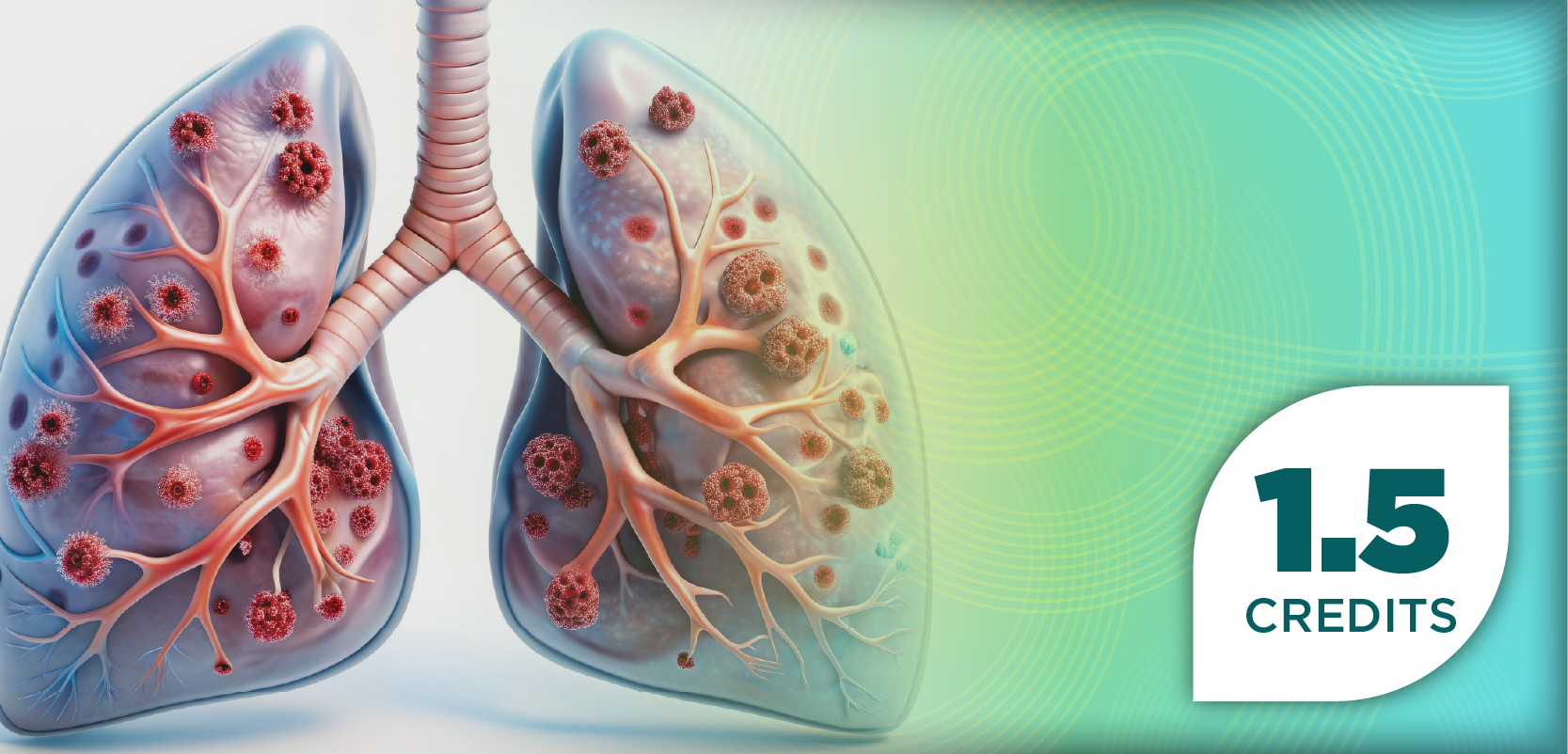
Air Pollution and Seasonal Variability Associated With Asthma- and COPD-Related Hospital Admissions
Key Takeaways
- Air pollution, particularly PM10, significantly influences asthma and COPD hospital admissions, with a higher impact than PM2.5.
- Meteorological factors, including air temperature and humidity, play a crucial role in exacerbating respiratory conditions.
The authors found that humidity, cold and heat waves, and air pollution led to a higher likelihood of asthma- and chronic obstructive pulmonary disease (COPD)-related hospitalizations.
Because climate change and air pollution are pressing public health concerns, it is crucial to closely monitor their impact on respiratory diseases, such as obstructive lung diseases. Authors of a study published in Scientific Reports investigated the relationships between meteorological parameters, levels of ambient particulate matter with an aerodynamic diameter of 2.5 µm (PM2.5) and 10 µm (PM10), and the frequency of hospital admissions for chronic obstructive pulmonary disorder (COPD) and asthma.
The data analyzed for this study were obtained from medical records of patients hospitalized from January 1, 2012, through December 31, 2021, in the Warmian-Masurian Center for Pulmonology Diseases in Olsztyn, Poland. The authors examined information on the hospitalization of patients diagnosed with J44 (COPD) and J45 (asthma) according to the ICD-10 classification.
Additionally, planned admissions related to desensitization, rehabilitation, and treatment according to the protocol of the drug program were extracted from the collected data. Therefore, only hospitalizations related to the onset of asthma or COPD symptoms were singled out, eliminating planned admissions not directly related to exacerbations of these conditions. For this study, adult patients 18 years and older with either asthma or COPD were included in the analysis.
Further, meteorological data were obtained from the Institute of Meteorology and Water Management of the National Research Institute in Poland. These data include values of daily mean, maximum and minimum air temperature, wind speed, relative humidity, precipitation, as well as levels of PM2.5 and PM10. Additionally, the humidity index (Humidex)—expressed in degrees Celsius—accounted for human-felt temperature, which was determined using ambient thermal and humidity conditions.
A total of 1419 records of patients with asthma (females: n = 869; males: n = 550) and 862 patients with COPD (females: n = 457; males: n = 405), with respective average ages of 59.51 (females) and 58.39 (males) years, and 69.38 (females) and 69.68 (males) years were enrolled in this study. The average length of hospital stay was about 4.25 (females) and 5.23 days (males) in the asthma group, and about 13.96 (females) and 12.92 days (males) in the COPD group. Both asthma and COPD patients were most often hospitalized during the winter months. For both groups, the most frequent comorbidities were thyroid disorders (asthma: n = 290; COPD: n = 150), arterial hypertension (asthma: n = 653; COPD: n = 467), and cardiac insufficiency (asthma: n = 75; COPD: n = 137).
The investigators determined that the number of hospital admissions of patients with asthma and COPD exacerbations was largely dependent on the atmospheric conditions as well as air pollution levels. This was represented by the levels of both PM2.5 and PM10. The authors observed that the contribution of air pollution to the incidence of asthma and COPD is highest for overall air pollution (85.9%), with PM10 (45.6%) having more influence than PM2.5 (40.3%). In addition, for meteorological factors (81%), the most influential were air temperature (33.2%), relative humidity (10.1%), and precipitation (16.4%).
Additionally, high levels of PM2.5 and PM10 were strongly associated with more frequent asthma- and COPD-related hospital admissions. The average concentration of PM2.5 during the study period was about 16.1 µg/m3, and the average monthly concentrations exceeded daily and annual norms in the winter months. The authors also observed that the correlation between PM2.5 and PM10 with the number of hospital admissions demonstrates evident differences in the winter half-year (PM2.5: 0.212 and PM10: 0.352) and the summer half-year (no significant relationship).
During the study period, out of all hospitalized patients with asthma (n = 1419; 17%) and COPD (n = 862; 18%), 17% and 18%, respectively, were admitted during the summer when time to maximum was greater than 22 °C. The highest patient numbers, which were approximately 30%, were recorded when thermal-humidity discomfort was minimal or unnoticeable (Humidex: < 29). However, a considerable proportion of summer patients—approximately 32% for asthma and 29% for COPD—presented during periods of slight to moderate discomfort, with Humidex values in class 2 through 4 (30–45). Notably, during periods of strong discomfort (Humidex class 4: 40–45), only 4 patients were admitted to the hospital. The average number of admissions in July and August was statistically greater than in the remaining months of the warm period.
The investigators suggested that future studies should integrate analyses by season while exploring nonlinear relationships. Additionally, the authors acknowledged that their results must be interpreted in relation to the parameter that was not examined (eg, seasonal variability of upper respiratory tract infection).
REFERENCE
Romaszko-Wojtowicz A, Dragańska E, Doboszyńska A, Glińska-Lewczuk K. Impact of seasonal biometeorological conditions and particulate matter on asthma and COPD hospital admissions. Sci Rep. 2025;15(1):450. doi:10.1038/s41598-024-84739-9
Newsletter
Stay informed on drug updates, treatment guidelines, and pharmacy practice trends—subscribe to Pharmacy Times for weekly clinical insights.













































































































































































































